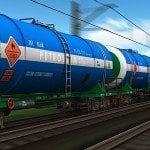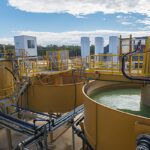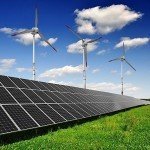In the past few years, technology innovation, architectural innovation, green technology and sustainability have all continued to shape engineered design and the engineering industry in general. Combining all of these influences with the driving force of industry 4.0, which is continually integrating digital processes and new manufacturing techniques into the engineering industry indicates an even more dynamic and changing industry that has been seen in previous years.[1]
Embracing new innovations and being agile enough to adapt to a changing industry means that businesses will survive and grow in the coming years, making it through the aftermath of the COVID-19 pandemic and its economic effects. Understanding what to anticipate in the engineering industry is the first step in preparing for the future, so here is our outline of some of the 2021 Trends in Engineering.
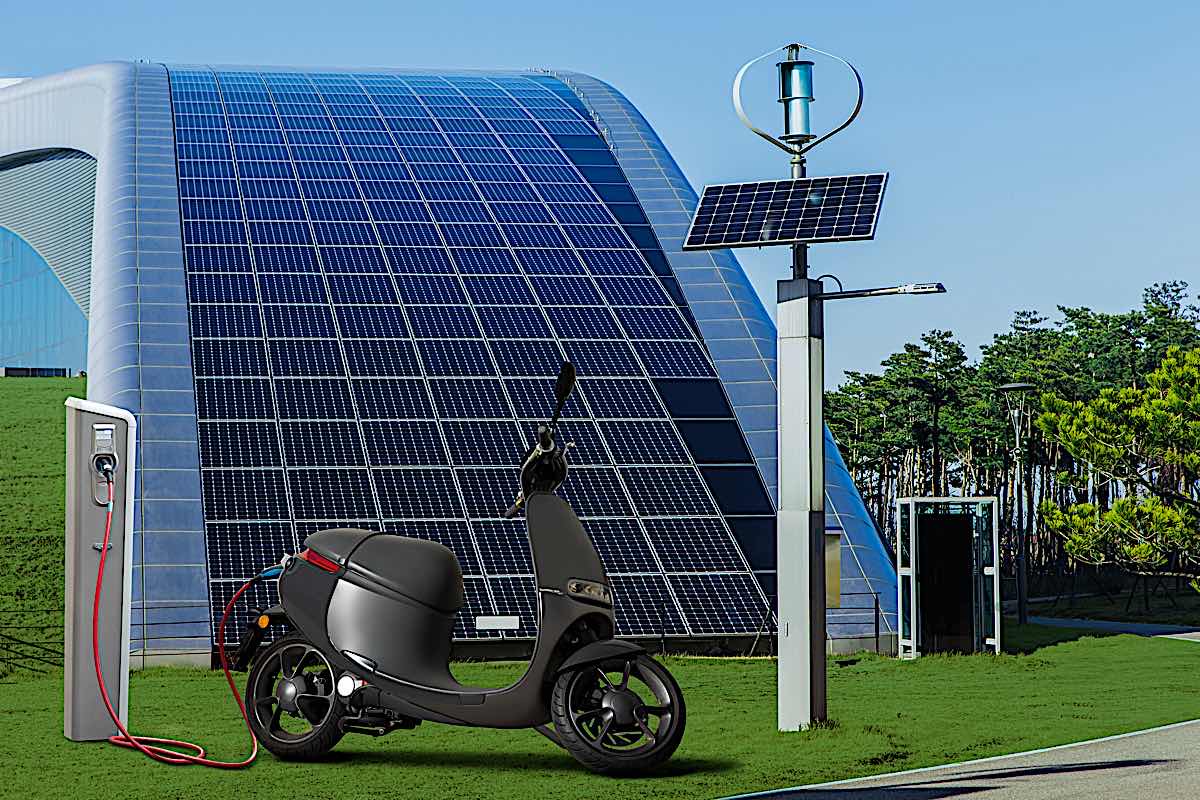
Increasing Focus on Sustainability-Improving Climate Resilience
It has been apparent in previous years that cities, counties, and states are becoming more environmentally focused, mindful of the changing climate which may result in increased temperatures, more powerful storms, increased rainfall, and changing weather patterns.
These changing weather patterns and the effects that they have on infrastructure and society are driving the demand for the use of more sustainable construction materials, solar energy systems, zero-energy buildings, water protection and water-saving designs and technology, and building information modelling (BIM) software.[2]
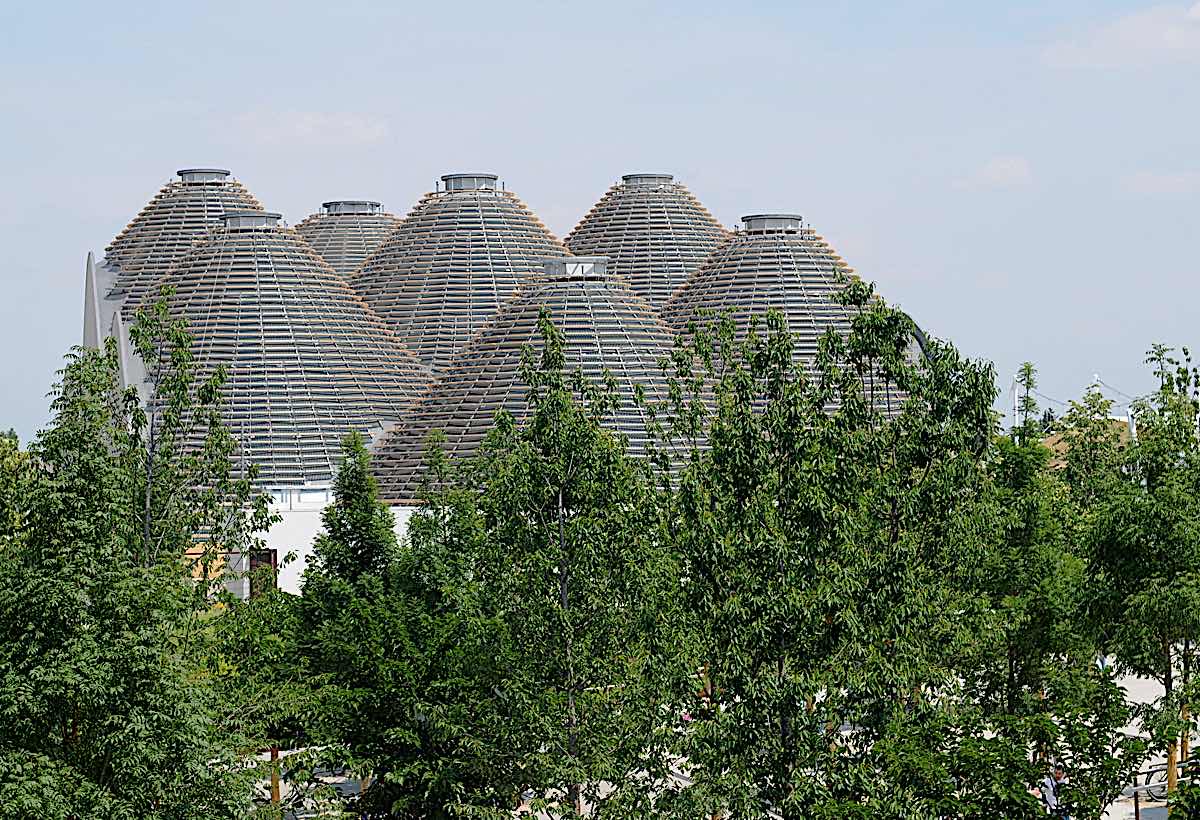
Examples of sustainable construction materials that engineers should be prioritizing include insulated windows that lower the energy consumption related to heating and last much longer, zero-waste concrete that produces a much lower quantity of CO2 when made (current methods for producing concrete account for approximately 25% of global CO2 emissions), and sustainable, plant-based building materials such as bamboo flooring and hemp insulation products.[3]
Zero Energy Buildings
Zero-energy buildings with net-zero emissions are also becoming more popular, with the United Nation’s Paris Agreement aiming for all new buildings to be built with net-zero emission designs by 2050.[4] These buildings incorporate their own energy production systems with a greater focus on integrating plant-based facades into building designs, a necessary step to reduce the 28% of energy-related global carbon emissions that are produced by building operations.
Water-saving designs have in a large part focused on how urine can be diverted from waste-water systems and can instead be used as a valuable fertilizer in the agriculture industry, and even as an energy source which can produce electricity instead of letting it mix with waste-water where valuable nutrients are lost.[5]
Visualizing Engineered Design is Key
And finally, BIM software is also paving the way for new climate-resilient designs where engineers and other professionals involved in the construction process can generate digital representations of an asset in the design stage which can provide better visibility of the project, better decision-making, and the opportunity to see how more sustainable options can be integrated into the construction process.
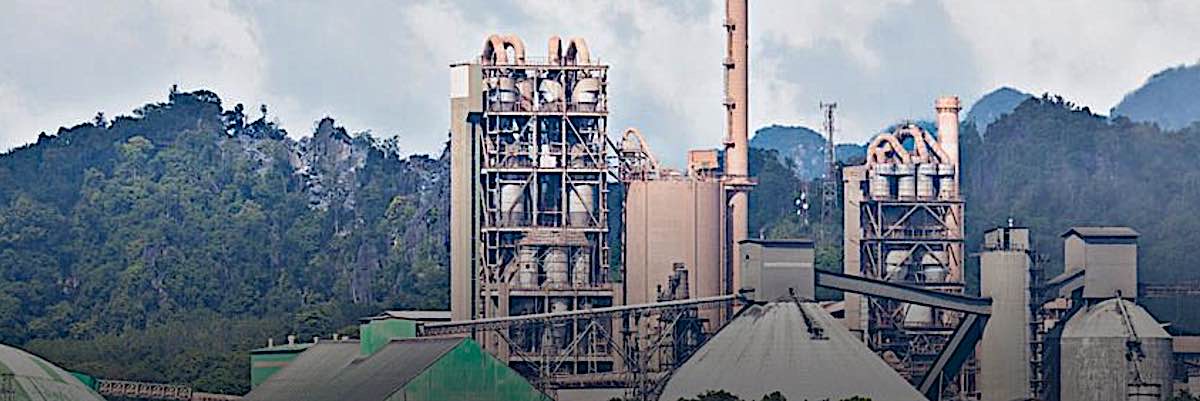
Business Revenue May Continue to Reduce Over the Coming Years
After the effects of the COVID-19 pandemic, communities across the US as well as around the world are not likely to have as much expendable income after feeling the financial effects of the pandemic. Because communities everywhere are surviving on a reduced budget, it is understandable that this will reduce the amount of revenue that businesses can generate meaning that businesses need to develop a capital improvement plan and become proactive with their capital planning.
According to Deloitte, the pandemic resulted in the construction industry losing approximately $60.9 billion in GDP and a loss of around 6.5 million jobs, setting the industry’s GDP gains back by 2 years and its employments gains by 4.[6]
This has resulted in many companies facing increasingly difficult cost and margin pressures, project delays and cancellations, and an increasing difficulty in obtaining permits while equipment and material procurement costs remain high.
There are some great adaptions in the construction and engineering industries that are helping companies navigate these murky waters though. New internet of things (IoT) and connected technologies along with associated investments are contributing to greater levels of efficiency, while new business models along with greater amounts of merger and acquisition activity are also pushing the industry towards digital technologies and greater operational efficiencies.[7]
There Is a Rising Demand for Pedestrian and Bicycle Infrastructure
Increasing investment in pedestrian and cycling infrastructure also falls in line with improving climate resistance by reducing CO2 emissions related to fossil fuel use, and is centered on finding environmentally friendly designs that can enrich people’s lives.
In response to the rising demand for pedestrian and bicycle infrastructure, engineers need to consider how to effectively transform our most basic modes of transport as a means for both improving climate resiliency and sustainability through the use of eco-friendly materials, and for improving the quality of life of those who will be using these infrastructures.
Increases in bicycling infrastructure have been linked to increases in individual savings due to commuters no longer needing to invest heavily in owning and operating vehicles, increases in real estate values for areas that have invested in bicycling infrastructure, increased income for business who benefit from cycling lanes acting as a traffic buffer while also increasing the amount of foot traffic that businesses see.[8]
Client Experience Is Still a Core Component to Business Success
And finally, one of the most important trends in the engineering industry that has been continuing to increase in importance is the client experience. Although the interactions between customers and engineering firms have always played an important role, the trend is continuing and is expected to grow into the future. According to a report by Forbes magazine, 84% of firms and organizations that invest in the client experience see growth in revenue.[9] Additionally, companies that focus on improving employee engagement, which goes on to improve the customer experience through a more meaningful relationship and commitment to the customer’s needs, can go on to outperform their competition by as much as 147%.[10]
It has become clearer now more than ever that embracing green technology, sustainability, technological innovations, and improving project efficiencies while focusing on the client’s experience is the driving force behind the engineering industry thriving after experiencing the damage caused by the COVID-19 pandemic. Companies who actively seek to integrate these approaches into their business practices are predicted to do well as we go into the future, while those who do not adapt may not survive the shifts in demand and the need for more efficient management of materials and capital.
Notes
[1] ASME, “How Industry 4.0 Impacts Engineering Design”, July 11, 2018.
[2] Engineering Institute of Technology, “Top 5 Green Engineering Trends”, June 4, 2021.
[3] McKinsey & Company, “Laying the foundation for zero-carbon cement”, May 14, 2020.
[4] World Resources Institute, “What Does “Net-Zero Emissions” Mean? 8 Common Questions, Answered”, September 17, 2019.
[5] Resource, “UGANDAN SCHOOL SUCCESSFULLY LIT IN URINE-POWERED ENERGY TRIAL”, September 6, 2017.
[6] Deloitte, “2021 engineering and construction industry outlook”.
[7] Deloitte, “2021 engineering and construction industry outlook”.
[8] ISSUU, “The Economic Benefits of Bicycle Infrastructure Investments [League of American Bicyclists]”, June 1, 2009.
[9] Forbes, “50 Stats That Prove The Value Of Customer Experience”, September 24, 2019.
[10] GALLUP, ”Engage Your Employees to See High Performance and Innovation”.



